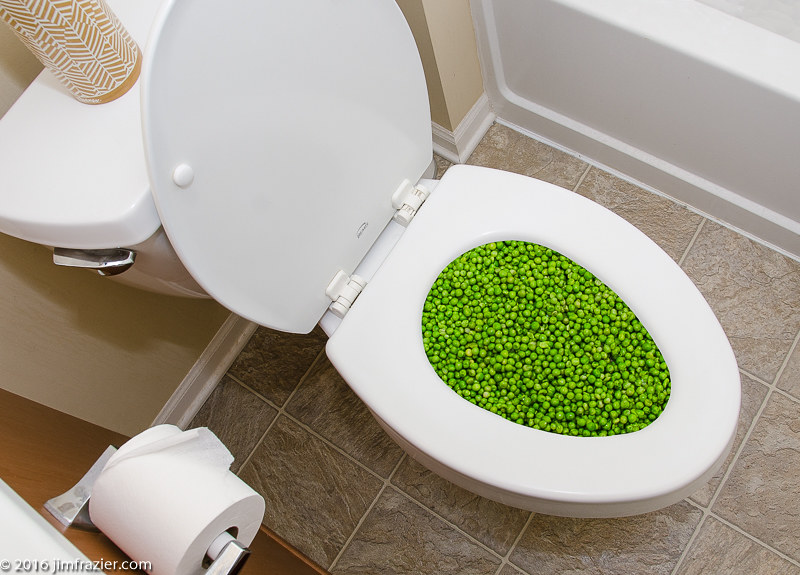Is it Acceptable to Flush Food Down the Toilet?
Is it Acceptable to Flush Food Down the Toilet?
Blog Article
This article directly below about What Can Happen If You Flush Food Down the Toilet? is pretty much attention-grabbing. Don't overlook it.

Intro
Many individuals are typically confronted with the problem of what to do with food waste, specifically when it involves leftovers or scraps. One typical question that arises is whether it's fine to purge food down the toilet. In this post, we'll explore the reasons that individuals may think about purging food, the effects of doing so, and different methods for appropriate disposal.
Reasons that people may take into consideration purging food
Absence of understanding
Some individuals might not know the prospective injury triggered by purging food down the toilet. They may wrongly believe that it's a harmless method.
Ease
Purging food down the commode might appear like a fast and simple solution to getting rid of unwanted scraps, specifically when there's no nearby garbage can readily available.
Idleness
In some cases, people might merely select to flush food out of large negligence, without thinking about the effects of their actions.
Consequences of flushing food down the bathroom
Ecological effect
Food waste that winds up in rivers can add to air pollution and damage water environments. Furthermore, the water utilized to flush food can strain water resources.
Plumbing problems
Purging food can lead to stopped up pipelines and drains pipes, causing expensive pipes repair work and troubles.
Kinds of food that need to not be purged
Fibrous foods
Foods with fibrous textures such as celery or corn husks can obtain entangled in pipes and trigger clogs.
Starchy foods
Starchy foods like pasta and rice can soak up water and swell, resulting in blockages in pipelines.
Oils and fats
Greasy foods like bacon or food preparation oils must never be purged down the bathroom as they can solidify and trigger blockages.
Appropriate disposal approaches for food waste
Utilizing a waste disposal unit
For homes geared up with garbage disposals, food scraps can be ground up and flushed via the plumbing system. Nonetheless, not all foods appropriate for disposal in this manner.
Recycling
Certain food product packaging products can be reused, lowering waste and decreasing environmental effect.
Composting
Composting is an environment-friendly method to throw away food waste. Organic products can be composted and utilized to enrich dirt for horticulture.
The significance of correct waste administration
Lowering ecological harm
Proper waste monitoring methods, such as composting and recycling, assistance decrease contamination and protect natural resources for future generations.
Shielding plumbing systems
By preventing the technique of flushing food down the bathroom, house owners can avoid costly plumbing repair services and keep the stability of their pipes systems.
Final thought
Finally, while it might be tempting to purge food down the bathroom for ease, it is very important to recognize the potential consequences of this activity. By embracing appropriate waste administration practices and getting rid of food waste properly, people can contribute to healthier pipes systems and a cleaner setting for all.
FLUSH FOOD DOWN THE TOILET?
FLUSHING FOOD CAN CAUSE BLOCKED DRAINS IN YOUR HOME
All of the plumbing fixtures in your home are connected to the same sewer pipe outside of your home. This outdoor sewer pipe is responsible for transporting all the wastewater from your home to the Council sewer mains. Even small pieces of food that go down the kitchen sink can cause problems for your sewer. It should therefore be obvious that flushing larger bits of food, such as meat, risks a clog in either the toilet itself or the sewer pipes. Flushing greasy food is even more problematic because oil coagulates when it cools, coating the interior lining of your pipes.
THE TOILET IS NOT A BIN
Food isn’t the only thing that people shouldn’t be flushing down the toilet. People use the toilet to dispose of all kinds of things such as tampons, makeup wipes, dental floss, kitty litter and even underwear. Water goes to great lengths to educate residents about the high costs and stress placed on wastewater treatment systems simply from people flushing the wrong stuff down the toilet. It costs taxpayers millions of dollars each year, and homeowners thousands in blocked drain repairs.
FLUSHING FOOD IS A WASTE OF WATER
Flushing food is a waste of our most precious resource - water. In June this year Level 1 water restrictions were introduced to protect water supply from drought conditions. Much of New South Wales continues to be affected by prolonged drought with recent figures revealing up to 97 per cent of the state remains in drought. Depending on whether you have a single or dual flush toilet, every single flush uses between five and 11 litres of water. In the current climate this is a huge amount of water to be wasting on flushing food that should be placed in the bin (or better yet, the compost).
https://www.jabplumbingsolutions.com.au/blog/can-you-flush-food-down-the-toilet

I am very enthusiastic about and I am praying you enjoyed the blog posting. Do you know anybody else who is in to the topic? Why not promote it. I love your readership.
Schedule Service Report this page